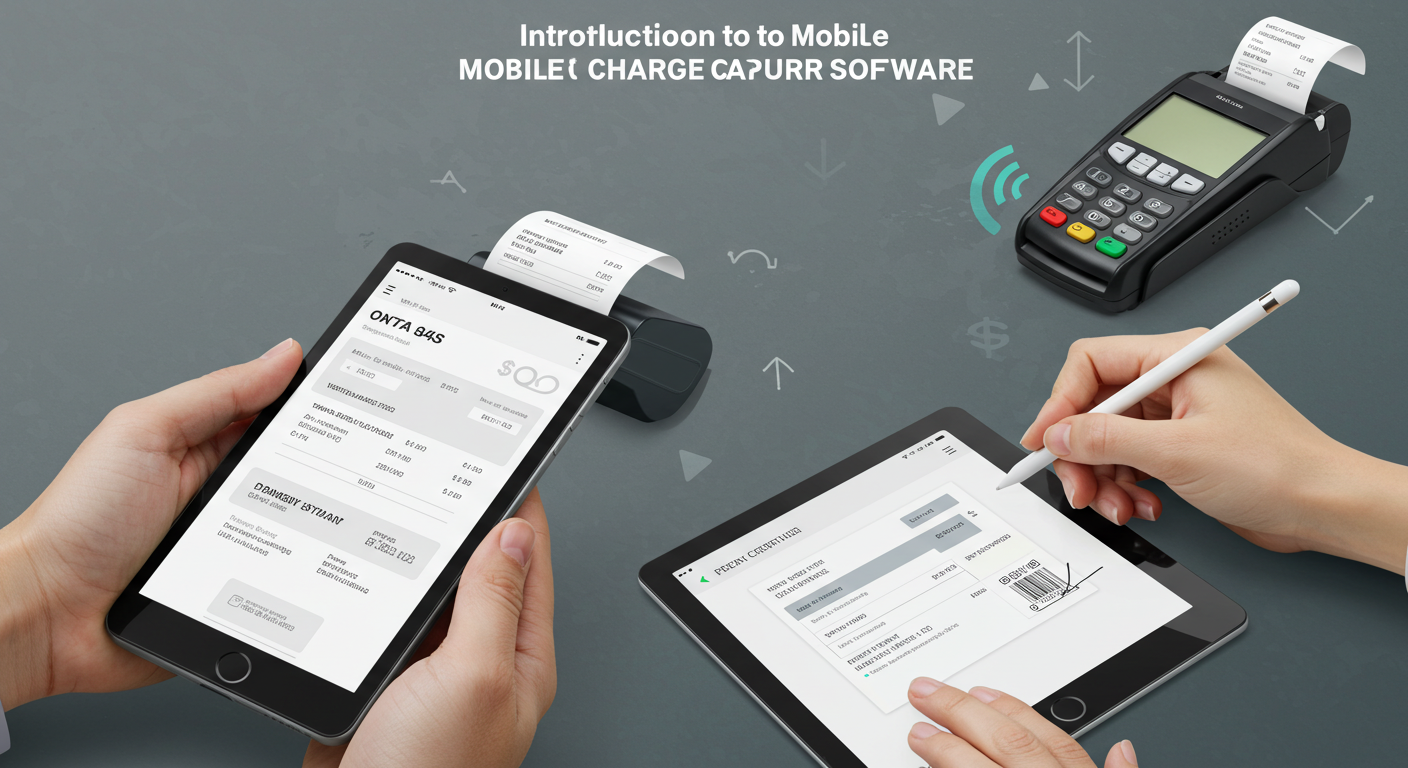GENERAL
Discuss strategies for enhancing crosswalks, sidewalks, and pedestrian infrastructure.

According to WHO, every year, over 270,000 pedestrians pass away worldwide, making up around 22% of all road traffic deaths. Such shocking numbers call for immediate and concrete actions for pedestrian safety.
To deal with this, governments worldwide reinforce strict traffic laws to prevent such mishaps. They also encourage community workshops to spread awareness and promote pedestrian-friendly practices. Skilled pedestrian accident attorneys are also working tirelessly to make the roads for pedestrians.
Since that’s still not enough, let’s learn about some effective strategies to enhance pedestrian infrastructure!
Elevate the level of crosswalks and sidewalks
Raise the level of crosswalks and sidewalks and paint these pedestrian paths with bright or reflective paints or zebra patterns.
It will improve the visibility of pedestrians. Even if a child or small animal comes in the middle of the road, vehicles will notice and slow down faster. Thus, it’ll reduce the chances of accidents.
Focus on the traffic
Implement speed bumps and chicanes to slow down the traffic. It will keep drivers in check especially if they are overspeeding.
Further, invest in a nationally recognized traffic management course with lots of hands-on lessons. Build a steady traffic control team that can ensure that all drivers follow traffic rules on both high and low-volume roads. It’s a great investment to keep pedestrians safe and traffic flow under control.
If you already have a traffic control team, don’t forget to keep them updated with new courses and ensure higher efficiency.
Keep all zones lighted
Install lights along sidewalks at a reasonable distance so that no area falls in dark zones. Crosswalks must also have enough lighting.
This ensures proper visibility for both pedestrians and drivers at night and during adverse weather, reducing the chances of accidents.
Install pedestrian signals and countdown timers
Just like signals for vehicles, install ones for pedestrians. These will show green-colored walk signs and red-colored don’t walk signs.
Implement countdown timers to let them know how long they must wait until crossing the road. This will reduce people from growing impatient and trying to carelessly cross streets even when the traffic is in full motion.
Authorities must also regularly monitor these signals to prevent tree branches, posters, or anything else obstructing them.
Sync the traffic signals with pedestrian signals. This lets pedestrians know when the lights are about to change. They can either get ready to walk or avoid crossing the road if there’s not enough time to cross the road.
Build pedestrian refuge islands
Some roads are extremely wide to cross at once. On the other hand, multi-lane streets don’t always have traffic signals in complete sync. For these areas, build safety islands for pedestrians so they can wait until the signals change.
Make sure they are on the same level as the crossing to make them accessible to people with mobility issues. However, it must be protected with bright “refuge island” signs and raised concrete so no vehicle can collide with that area.
Focus on the needs of the differently-abled
Make sure the levels of sidewalks and crosswalks are the same. Implement tactile paving and curb cuts. This creates a seamless experience for differently-abled people, including wheelchair users and elderly people.
Incorporate detectable warning surfaces at curb ramps. These work as tactile indicators for the visually impaired. They alert pedestrians when the sidewalk protection ends and the crosswalk begins.
Further, widen the pedestrian paths so everyone can comfortably move around. This will ensure that people in a hurry can walk by faster while others can take their time.
If there’s any wear and tear in crosswalks or sidewalks, fix them as soon as possible to prevent accidents.
Rely on technology
Incorporate rectangular rapid flashing beacon (RRFB) in signals. Pedestrians can push buttons to activate these warning lights. This alerts vehicles that pedestrians are crossing the road.
Alternatively, a pedestrian hybrid beacon (PHB) is another similar technology. It works similarly to traffic signals, which flash yellow and red lights to slow down traffic. Though more expensive, PHB works great in high-volume traffic with fast vehicles.
Establish speed limits
In urban areas, apply speed limits of 50 km/h at most. In highly populated neighborhoods, where families and the elderly reside and are around schools, establish a 30 km/h speed limit.
Even if anyone collides with a vehicle at these speeds, they will have a high chance of survival.
Conclusion
These strategies collectively can enhance pedestrian infrastructure and assure better safety and experience. Based on the specific needs of areas and funds, embrace them slowly but surely!
GENERAL
Introduction to Mobile Charge Capture Software

Mobile charge capture software is changing the way healthcare providers document patient services This technology allows doctors and other medical professionals to record charges instantly at the point of care using mobile devices like smartphones and tablets It removes the need for paper forms and reduces the chances of lost or delayed billing information
Replacing Traditional Billing Methods
In the past many practices relied on handwritten notes or memory to track patient services This often led to errors missed charges and slower payment cycles Mobile Charge Capture Software introduces a new method that is faster more accurate and built for today’s digital healthcare environment
Supporting Fast and Accurate Documentation
One of the biggest advantages of mobile charge capture software is its ability to let providers document services right after seeing a patient This immediate recording ensures that no charges are forgotten or misreported and helps to eliminate the delays that come with waiting until the end of the day or week
Improving Revenue Collection and Cash Flow
When charges are captured and submitted quickly billing departments can process claims faster This leads to quicker payments from insurance companies and patients helping the practice maintain strong financial health Mobile Charge Capture Software speeds up the entire revenue cycle from start to finish
Enhancing Provider Efficiency
Doctors often work under pressure with limited time for administrative tasks Mobile charge capture software allows them to record services quickly and move on to the next patient without stopping to write things down later This boosts efficiency and reduces frustration caused by paperwork
Reducing Billing Errors and Missed Charges
Errors in billing can result in delayed payments rejected claims or lost revenue Mobile charge capture software helps prevent these problems by guiding providers through the charge entry process with built-in tools that reduce mistakes and flag missing information
Ensuring Healthcare Compliance
In today’s healthcare world staying compliant with laws and regulations is essential Mobile charge capture platforms often include security features such as password protection data encryption and audit tracking to help practices stay aligned with HIPAA and other healthcare rules
Allowing Remote Access and Mobility
Providers are not always in the same place each day They may work at multiple facilities or visit patients in different settings Mobile charge capture software supports this mobility by allowing secure charge entry from any location where a mobile device can connect to the system
Integrating with EHR and Billing Platforms
To be most effective mobile charge capture software needs to work alongside electronic health records and billing systems Many solutions offer smooth integration so that charges can flow directly into the billing process without the need for extra steps or manual entry
Providing Real Time Charge Tracking
Having access to real time charge data gives providers and managers a clear view of performance and billing status This transparency helps identify problems early and keeps the financial side of the practice moving in the right direction
Delivering Data Insights and Reporting Tools
Most mobile charge capture platforms include reporting tools that help administrators track billing trends charge activity and provider performance These insights support smarter business decisions and help practices adjust strategies to improve results
Supporting Training and User Adoption
Technology is only useful if people know how to use it Mobile charge capture vendors usually provide training and ongoing support to help practices get started and make the most of the platform A good training program ensures a smooth transition and long term success
Conclusion
Mobile charge capture software is becoming a must have tool in modern healthcare Its ability to speed up documentation reduce billing errors and improve revenue collection makes it an essential part of any efficient medical practice With mobile access better data tracking and improved compliance features this technology supports both providers and administrators as they work to deliver better care and maintain strong financial performance Practices that invest in mobile charge capture today will be well prepared for the future of healthcare tomorrow
GENERAL
What is the Difference Between Data Science and Machine Learning?

There are two things that we cannot imagine the world without in this era. One of them is data science, and the other is machine learning. The two (data science and machine learning) are interconnected, but the applications and focus of these two disciplines are completely different. On one hand, data scientists mainly focus on extracting some coherent result from structured and unstructured data in order to inform planning and decision-making in business. Machine learning engineers, on the other hand, create ways for the computers to decode and scramble data, which is often complex, deduce from it, and then use those insights to refine the models over time.
So here we’re going to point out the main distinctions between data science and machine learning. We implore you all to pay attention so that you do not get confused.
So, what exactly is data science?
To put it in simple terms, data science is “the study of data to extract meaningful insights for business.” You can also use machine learning to do this work, but it’s just one of the elements from the toolkit. To make things easier, we can think of data science as a huge and multidisciplinary approach to analyzing big chunks of data, which involves combining practices and principles from the fields of artificial intelligence, mathematics, computer engineering, statistics, and much more. PG in Data Science is an ideal pathway for anyone looking to specialize further in this field.
And what is machine learning, then?
Machine learning is a part of artificial intelligence, or AI. It’s also considered a data science technique that involves training AI models to learn from very complicated datasets much faster than any human being.
If you want to pursue a career in machine learning, it means that you would be able to build programs that can control and direct computers and robots. You would also need to write production-level codes that would lead to the generation of product recommendations to customers (this is something that data scientists typically don’t do). In addition, ML engineers can work with models that are designed by data scientists. Afterwards, the data is fed to the computers. Therefore, if no algorithm exists that can solve a complex problem, then experts may create and implement their own self-invented strategies.
Education and Skill Sets
Now, we will take a look at the skill sets and education that are required to pursue a career in data science and machine learning.
Skills required for data science
If you choose to specialize in data science, then you will likely have a job that involves clearing, finding, and decoding data for statistical analysis. Therefore, it’s very important to get the data right. But you would also need skills which involve very strong presentation and data visualization. This is absolutely necessary to help you show and explain your findings to target audiences.
If you work in the field of data science, then you would require at least a bachelor’s degree in statistics, mathematics, computer science, or some other related subject. However, the complexity of machine learning implies that every day, more organizations are searching for specialists.
Below are the top skills that are required in a data scientist:
- Data structures and database architecture
- Machine learning algorithms
- Data visualization
- Storytelling and design
- Data mining and collection
- Statistical methods
What are the skills required for machine learning?
If you want to take up machine learning, then you have a wide range of careers open to you. A few can land a machine learning role after they graduate with degrees in subjects such as computer science. Others who seek a career here are people who had formerly been data engineers, data scientists, or software engineers. Apart from all this, it’s also quite possible to transition to a career in machine learning after you gain hands-on experience with various kinds of systems and learning models. But no matter what kind of route you choose, you will need to know the ways in which you can leverage big data, IT operations tools, and software developments.
The skills which are required to be successful in machine learning careers include
- Computer programming
- Applied mathematics
- Probability concepts
- Data pipelines and infrastructure
- Statistic methods
- Computer languages such as Python
- Data tools such as Hadoop and Hive
- Application and Use Cases
- Check out some examples of use cases for both data science and machine learning.
What kind of career opportunities are available in data science and machine learning? There are a number of exciting opportunities that are available to you in machine learning and data science.
Career opportunities in data science and machine learning:
As we near the end of our article, we explore the last one on our list—career opportunities in both data science and machine learning.
Data science job opportunities
The whole world as we know it runs on data. Companies are nowadays increasingly investing in finding the right candidates and experts to help capitalize on data. And guess what—they’re paying them well, too.
Potential job titles in data science include
- database administrator
- data scientist
- quantitative analyst
- data engineer
- analytics manager, etc.
Machine learning job opportunities
There are a lot of sources for machine learning, such as internet searches, social media, and customer surveys. Companies are in need of ML engineers who can deal with an increase in the complexity of machine learning solutions and the constraints that are being applied to these processes, such as the data speed that a specific model requires.
Potential job titles in machine learning include
- Data analyst
- Artificial intelligence engineer
- Machine learning engineer
- Software developer
- Research scientist
Conclusion
In conclusion, we can say that data science as a field is much more vast and expansive compared to machine learning, and the former also offers better job opportunities. However, it’s up to you to decide what suits you more, and choose your career path accordingly.
GENERAL
Creating Effective Employee Offer Letters: Key Strategies and Best Practices

Key Takeaways:
- Learn crucial components for crafting comprehensive and engaging employee offer letters.
- Understand the legal implications and cultural sensitivities in global hiring practices.
- Gain insights into integrating digital tools for seamless communication.
- Discover how personalization impacts the candidate experience and onboarding success.
Why Employee Offer Letters Matter
As with all organizational processes, the employee offer letter is immensely significant in the hiring process and as a basic formal communication between an employer and a candidate. With an informative offer letter, the odds can be turned to favour the company’s acceptance. Offer letters are an integral part of embedding the organizational culture, as they help settle disputes.
The letter should also reflect the company’s beliefs and culture. It should be professional, as it sets the company’s tone with employees. Once formed, an impression is very hard to alter. Hence, the need to put value in designing the offer letter should not be ignored since for many employees, the letter would be their first interaction with the whole organization.
Key Components of an Offer Letter
A compelling offer letter comprises several elements crucial to its effectiveness. These include the job title, start date, and detailed compensation structure, which should lay out base salary, bonuses, and other incentives. Using a well-structured offer letter template can help standardize this process, ensuring consistency and professionalism while reducing errors. The work schedule and reporting relationship provide additional clarity to the candidate, ensuring there are no misconceptions about job expectations. Beyond these, articulating the benefits package—healthcare, retirement plans, and other perks—is essential to providing a complete view of the job offer.
Legal Considerations in Offer Letters
Language referring to legal matters must be added to offer letters to cover both the employer and the employee. Typically, offer letters include at-will employment clauses to specify the reasons for termination of employment. These components of law add elements of order and understanding, which would be better if articulated more plainly without the complicated dictions or verbose sentences that may cause the candidate to misunderstand.
The candidate’s jurisdiction may differ from others on such matters, making it necessary to customize the offer letter with appropriate legal references.
Cultural Sensitivity in Global Hiring
The globalization of the workforce necessitates an understanding of cultural differences in hiring practices. Offer letters should respect and align with these differences, including varying norms for negotiating salaries, the significance of job titles, and expectations around workplace hierarchies. Cultural sensitivity not only aids in attracting a diverse pool of candidates but also fosters inclusive environments conducive to creativity and innovation.
Employers may encounter situations where specific standard clauses in offer letters from one country may be considered inappropriate or even offensive in another. Tailoring such offer letters to reflect cultural specifics enhances respect for local employment regulations. Such adjustments portray the organization as a culturally intelligent employer.
Digital Tools for Offer Letters
With technological advances, digital tools have become integral to efficiently managing offer letters. Platforms like DocuSign and Adobe Sign enable the electronic signing and storage of employment offers, significantly reducing administrative burdens. Such tools also offer enhanced security measures, ensuring that sensitive information remains confidential.
The electronic management of offer letters optimizes tracking and filing, essential in contemporary business settings. Additionally, digital tools demonstrate a modern company style, likely appealing to younger candidates who appreciate efficient systems.
The Impact of Personalization
Regarding communication, offer letters can easily be made more interesting by adding personalization. A company’s use of an offer outline that reflects a candidate’s unique experiences, needs, and goals showcases the business’s commitment to people and its employees. This offers a sense of personalization, which can help build a positive feeling towards the company.
Some examples of these changes include mentioning previously mentioned experiences or achievements or people of shared interests. These types of efforts serve a great purpose, as they help differentiate individuals from competing organizations, which can improve retention rates and overall satisfaction within the workplace.
Best Practices for Follow-Up
Engagement in the follow-up process not only retains the candidate’s interest after the offer letter has been extended but also confirms that the employer is truly invested in them. Streamlined processes like scheduled check-ins and interim updates give candidates the opportunity to have their queries answered and learn more about the organization.
Collecting feedback from candidates during follow-ups enables organizations to improve their hiring processes and candidates’ experiences. Proper and timely follow-up helps strengthen the employer’s name and builds trust and loyalty among employees even before they formally join the organization.
-

 GENERAL1 year ago
GENERAL1 year agoDiscovering the Artistic Brilliance of Derpixon: A Deep Dive into their Animation and Illustration
-

 Posts1 year ago
Posts1 year agoSiegel, Cooper & Co.
-

 Lifestyle1 year ago
Lifestyle1 year agoPurenudism.com: Unveiling the Beauty of Naturist Lifestyle
-

 Lifestyle1 year ago
Lifestyle1 year agoBaddieHub: Unleashing Confidence and Style in the Ultimate Gathering Spot for the Baddie Lifestyle
-

 HEALTH1 year ago
HEALTH1 year agoTransformative Health Solutions: Unveiling the Breakthroughs of 10x Health
-

 Entertainment1 year ago
Entertainment1 year agoGeekzilla Podcast: Navigating the World of Pop Culture, Gaming, and Tech
-

 Entertainment1 year ago
Entertainment1 year agoKhatrimaza Unveiled: Exploring Cinematic Marvels and Entertainment Extravaganza
-

 BUSINESS1 year ago
BUSINESS1 year agoUnlocking the Secrets to Jacqueline Tortorice Remarkable Career and Accomplishments
